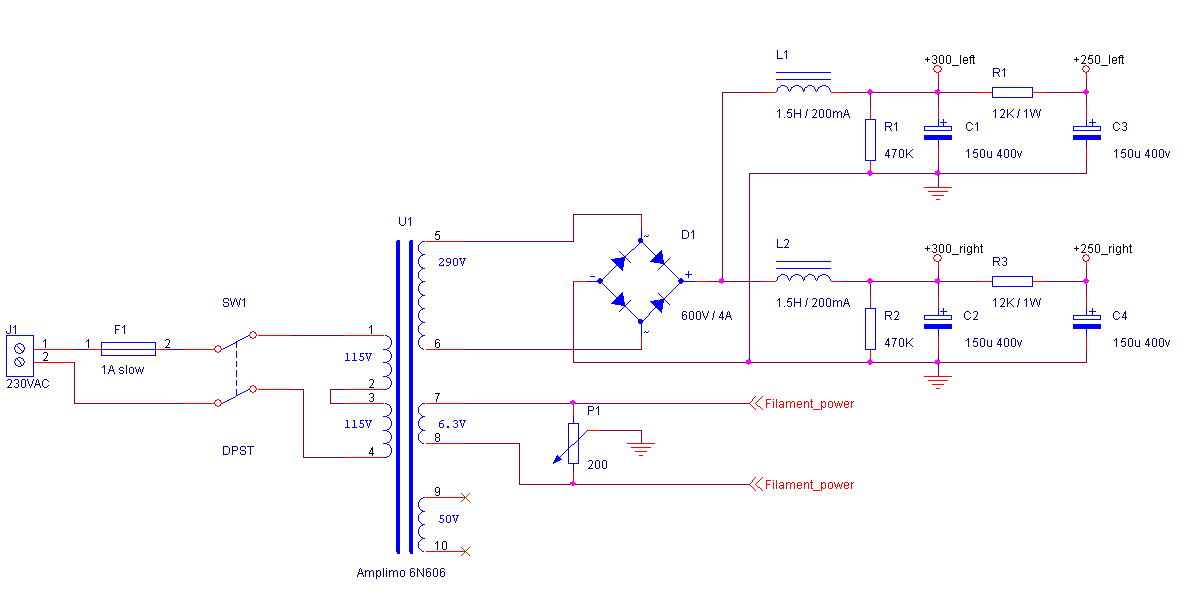desun
Well-known member
So I have a Sanken mic that is missing it's power supply, it needs a 100VDC supply. However, i'm unsure the best method for this-- do I go with the 'standard' tube-style supply:

or can I do it another way with a regulator? There doesn't seem to be 90-110v regulators around, but can I put a Zener on the ground pin of a 78 series regulator, and just make sure the input voltage is not too wide?
Current consumption of the mic is low, but obviously i'd like it to have as minimal ripple as is sensible to design in!
Thanks

or can I do it another way with a regulator? There doesn't seem to be 90-110v regulators around, but can I put a Zener on the ground pin of a 78 series regulator, and just make sure the input voltage is not too wide?
Current consumption of the mic is low, but obviously i'd like it to have as minimal ripple as is sensible to design in!
Thanks





























![Electronics Soldering Iron Kit, [Upgraded] Soldering Iron 110V 90W LCD Digital Portable Soldering Kit 180-480℃(356-896℉), Welding Tool with ON/OFF Switch, Auto-sleep, Thermostatic Design](https://m.media-amazon.com/images/I/41gRDnlyfJS._SL500_.jpg)


